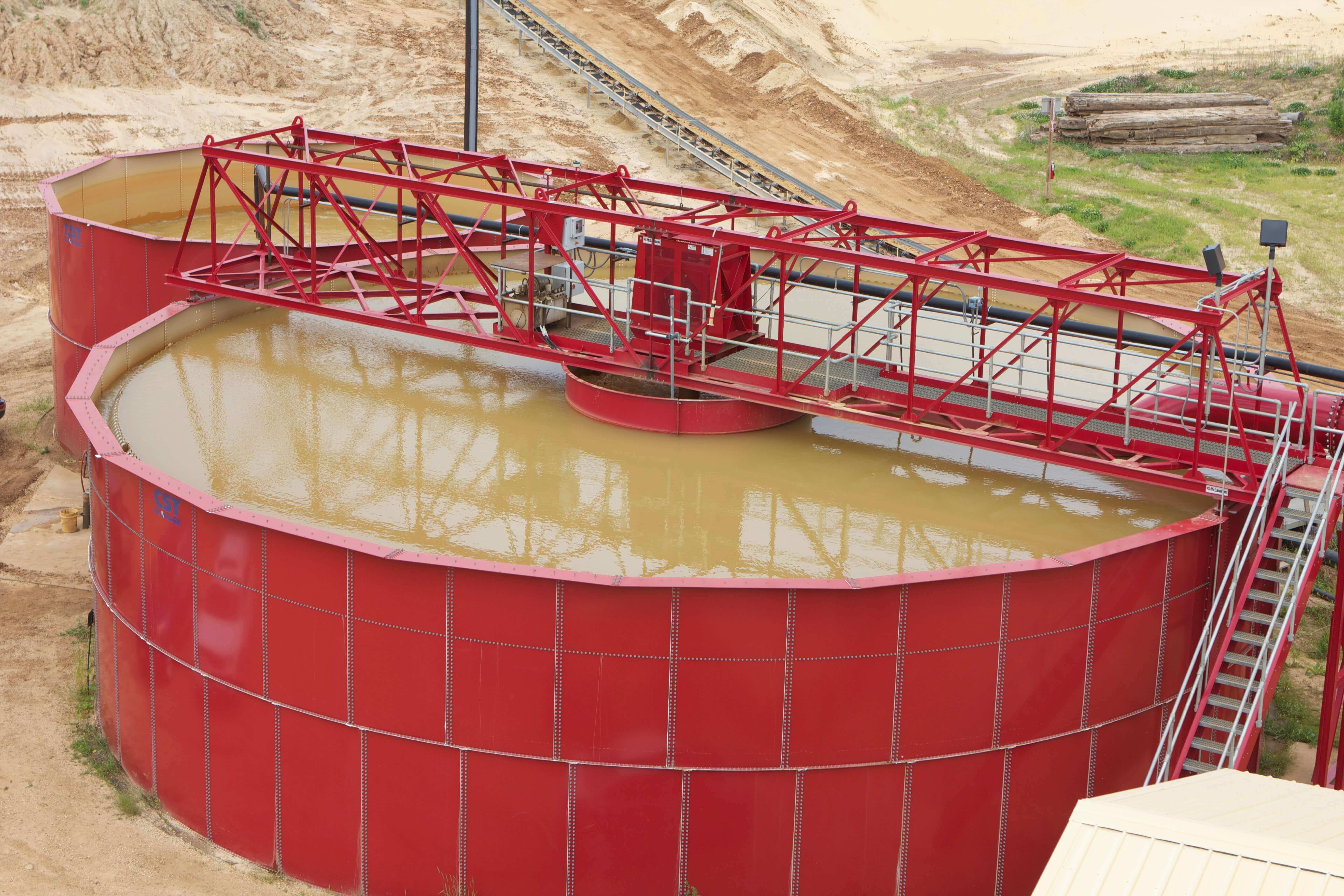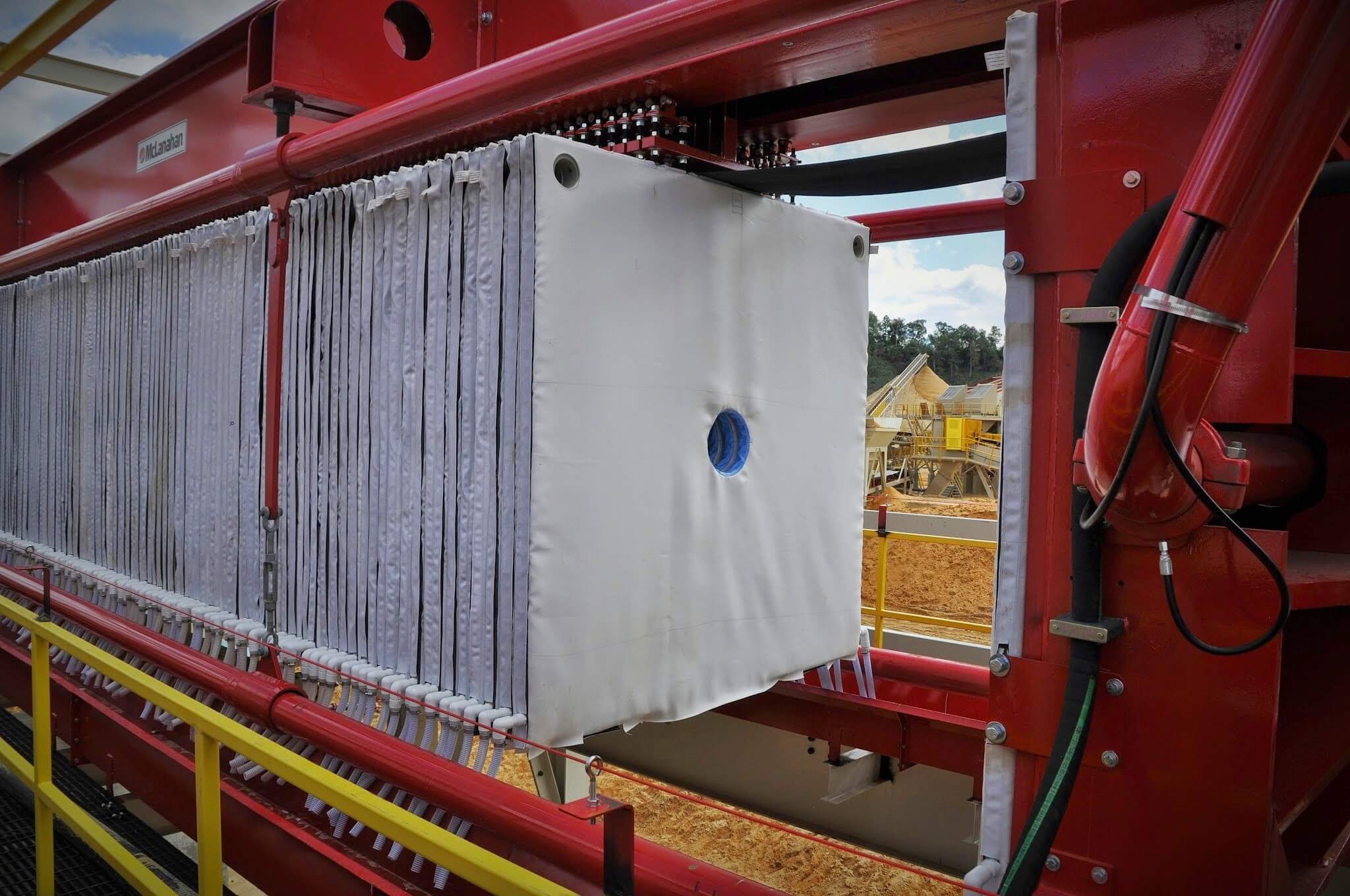Every aggregate or mineral producer who processes rock, crushed stone, sand, coal, limestone, gold, etc. ends up with tailings. Tailings are the unavoidable and undesirable ground rock and process washwater left over from the processing plant after the desired material has been separated. They can consist of a combination of the chemicals used to extract the valuable rock, as well as the process water, metals, minerals and/or other organic elements generated from production, depending on the ore that was mined.
Because tailings have no financial gain for the producer, they are usually stored in the most cost-effective way. There are several ways to store tailings following the production process, but the most common method is to pump the tailings slurry to a surface settling pond or impoundment.
Settling ponds are large, manmade, relatively calm bodies of water used to store tailings. They allow the suspended solids in a slurry to separate from the liquid. Over time, the suspended solids settle to the bottom of the pond and accumulate there, leaving the water on top relatively free of contaminants so it can be pumped back to the processing plant for reuse. However, the accumulation of suspended solids decreases the effectiveness and storage capacity of the settling ponds, and they need periodically dredged to increase the volume of tailings they can hold. Producers also have to monitor settling pond water levels, maintain pipes and water reclamation systems, keep out excess water and meet environmental regulations.
Although settling ponds reduce the danger of hazardous material being carried off in the wind, they possess potential risks of their own. If not properly managed, tailings can have a negative effect on the environment, including contaminating wildlife drinking sources and releasing harmful toxins into the air. In addition, dam failure is always a possibility, creating floods that can destroy the surrounding environment, level homes and lead to the loss of human life. Because of the potential dangers settling ponds possess to health and human safety, the environment and infrastructure, environmental laws, regulations and standards have been put into place to govern the storage of mine tailings and to help protect the mine’s natural surroundings. Therefore, tailings management is important for any producer who processes aggregates or minerals.
When considering the best way to manage their tailings, producers should look to the future and consider their vision for a long-term solution. Simply digging another settling pond to store the tailings is not always feasible due to space and/or permitting limitations, and a new settling pond could potentially cover up reserves that you may need to access in the future. Taking some time to create a tailings management plan can allow producers the ability to reuse their process water, give them better access to their resources, lead to higher material recovery and increase their return on investment.





